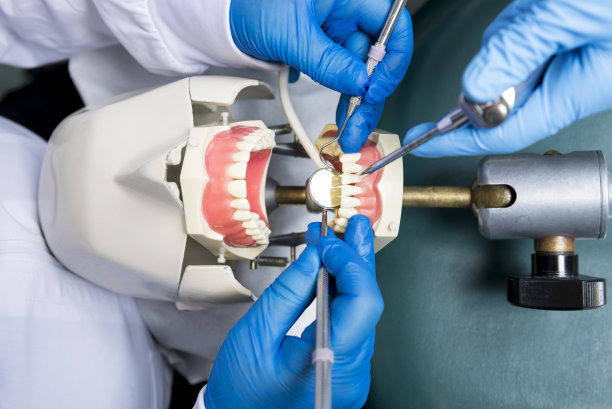The Comprehensive Guide to Dental Implants Transforming Smiles and Restoring Confidence for Patients Worldwide
Summary: Dental implants have revolutionized the field of dentistry, offering life-changing solutions for individuals with missing teeth. This comprehensive guide highlights the various aspects of dental implants, including their types, benefits, the procedure involved, and post-operative care. By understanding these critical components, patients can make informed decisions regarding their oral health, ultimately enhancing their smiles and restoring their confidence. The transformative power of dental implants is allowing patients worldwide to regain not just their physical appearance, but also their emotional well-being.
1. Understanding Different Types of Dental Implants

Dental implants come in various forms, primarily categorized into two major types: endosteal and subperiosteal implants. Endosteal implants are the most common type, surgically placed into the jawbone. They offer robust support for crowns, bridges, or dentures due to their direct connection with the bones. Conversely, subperiosteal implants are placed under the gum but above the jawbone. They are an option for patients who lack sufficient bone height and prefer not to undergo a bone grafting procedure.
Another notable type of dental implant is the zygomatic implant, which is anchored in the cheekbone and is suitable for patients with severe bone loss in the upper jaw. Understanding these different types helps patients choose the most appropriate option based on their specific oral health conditions.
Additionally, advancements in technology have led to the emergence of mini implants, which are smaller in size and usually less invasive. These implants are often utilized to stabilize lower dentures and can serve as a viable alternative for patients needing less extensive restorations.
2. Benefits of Dental Implants for Patients
One of the most significant benefits of dental implants is their ability to restore a natural-looking smile. Unlike traditional dentures, implants are designed to blend seamlessly with existing teeth, enhancing aesthetic appeal. This feature not only improves physical appearance but also plays a crucial role in boosting an individuals self-esteem.
Functionality is another key advantage of dental implants. Patients who opt for implants can enjoy their favorite foods without the fear of dentures slipping or causing discomfort. With implants, the pressure exerted during chewing is on the jawbone, ensuring proper functioning similar to natural teeth.
Furthermore, dental implants contribute to long-term oral health. They prevent bone loss in the jaw, a condition often triggered by missing teeth, by acting as artificial tooth roots. Consequently, this can help maintain facial structure and prevent the sunken appearance often associated with missing teeth.
3. The Dental Implant Procedure Explained
The dental implant procedure typically involves several stages, beginning with a comprehensive consultation and evaluation. Dentists conduct imaging tests to assess bone quality and determine the most suitable approach for the patient. This step is fundamental, as it aids in crafting a tailored treatment plan.
Once the treatment plan is established, the surgical phase begins. The dentist places the implant into the jawbone under local anesthesia. While this may seem intimidating for some, most patients report minimal discomfort during and after the procedure.
Post-surgery, a healing phase is essential for successful integration of the implant with the bone, known as osseointegration. This phase can last from several weeks to months, during which patience is crucial as the implants firm up in position. After complete healing, the final restoration—be it a crown, bridge, or denture—is placed, completing the transformation.
4. Post-operative Care for Optimal Results
Post-operative care is a critical factor in ensuring the longevity of dental implants. Patients are advised to follow their dentists instructions closely, including dietary modifications and oral hygiene practices. Soft foods are recommended immediately after surgery to minimize discomfort while the implant area heals.
Maintaining good oral hygiene is essential for the durability of the dental implant. Regular brushing and flossing, alongside professional cleanings, will help prevent infection and ensure a healthy environment for the implant to thrive.
Additionally, regular check-ups are crucial in monitoring the implants status and addressing any potential issues promptly. By prioritizing these care practices, patients can maximize the benefits of their dental implants and enjoy a functional, beautiful smile for years to come.
Summary:
This guide emphasizes the various aspects of dental implants, encompassing their types, benefits, procedural details, and post-operative care. With such comprehensive information, patients can make educated choices about their dental health and experience the transformative power of implants.
This article is compiled by Vickong Dental and the content is for reference only.


